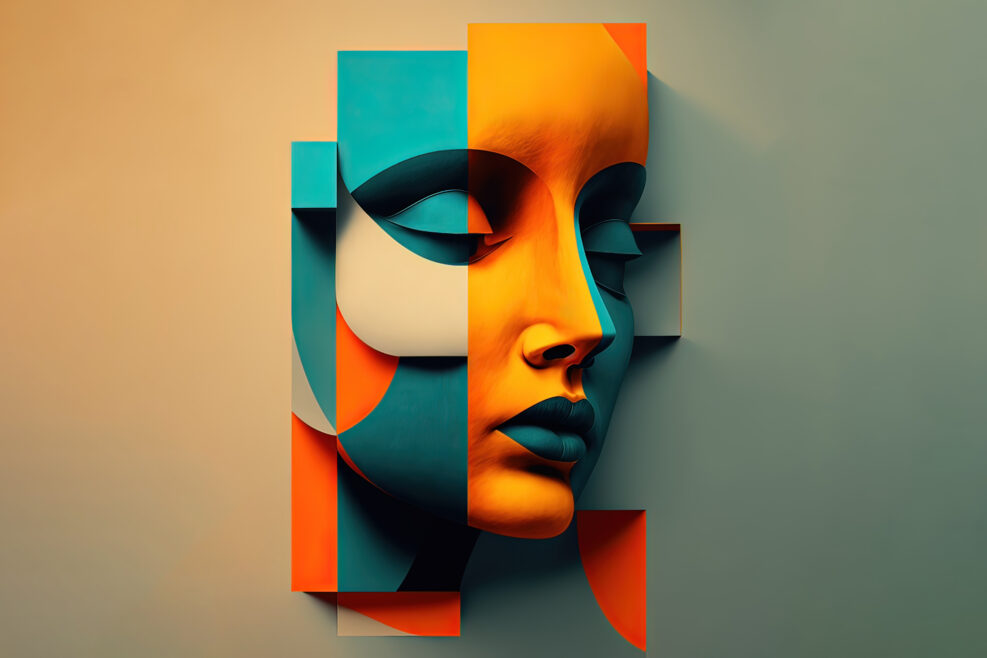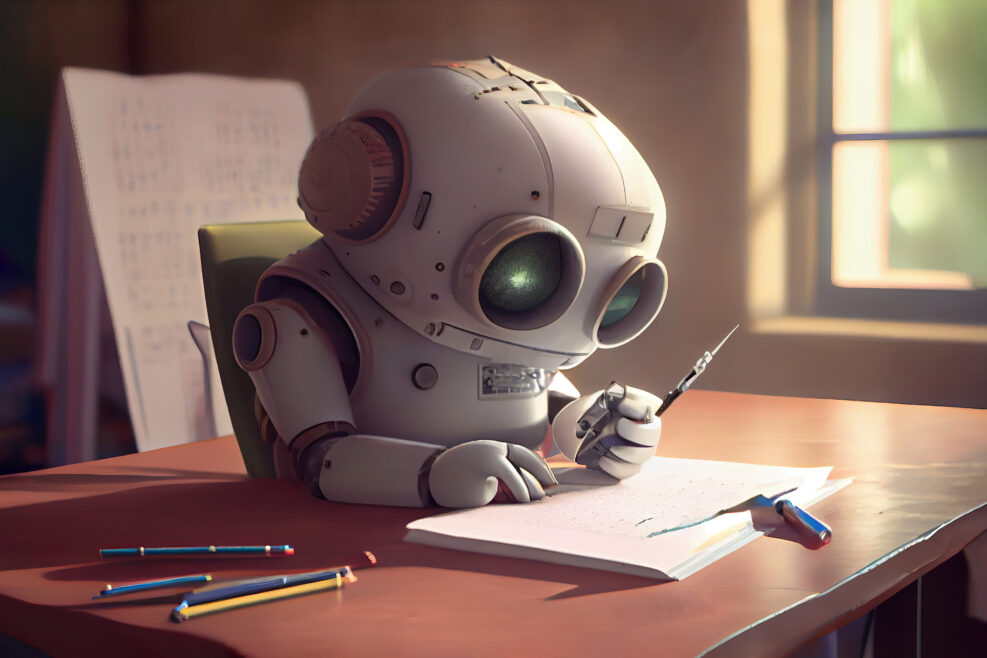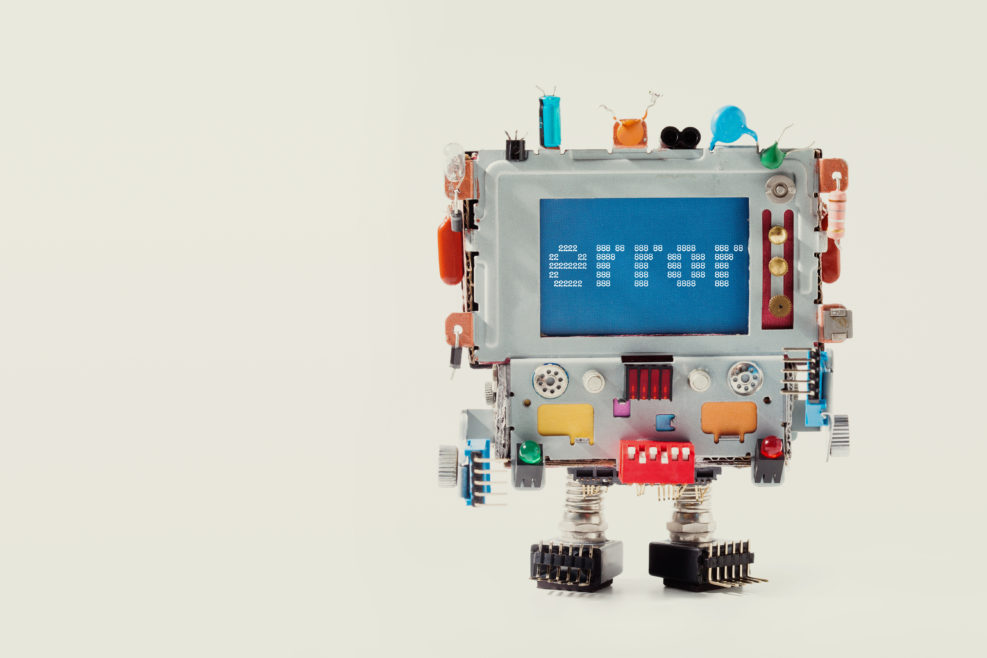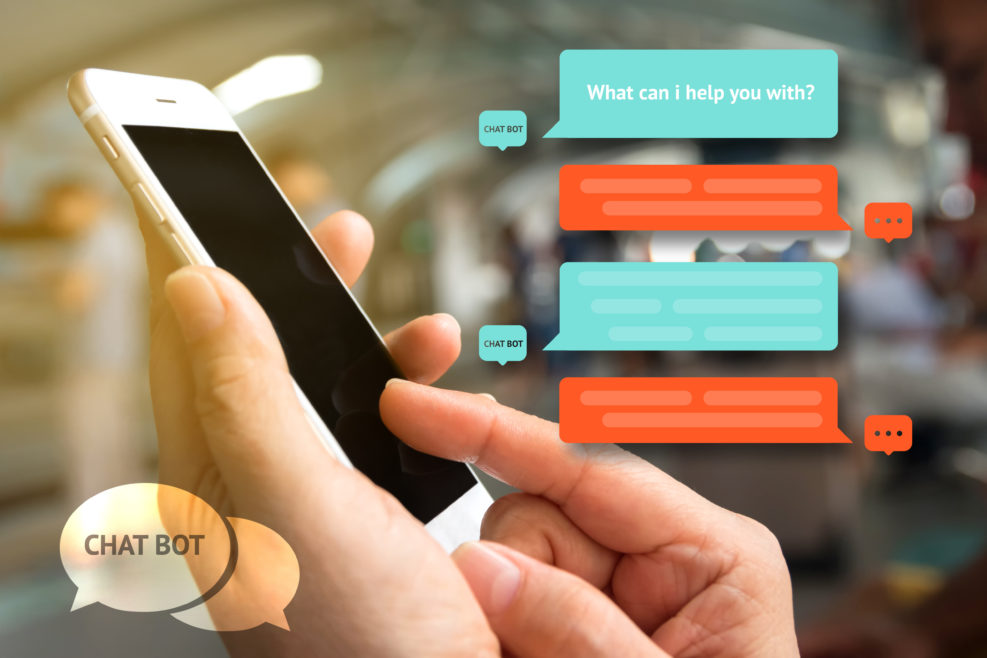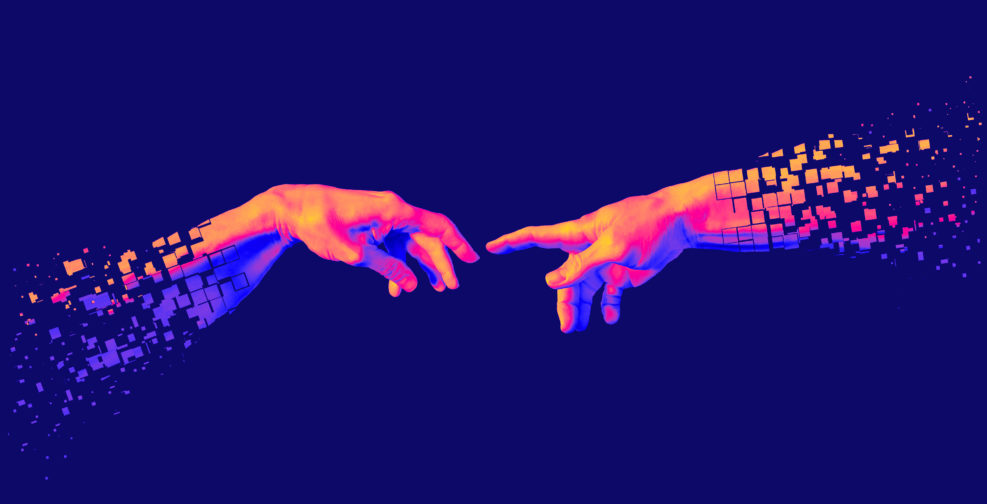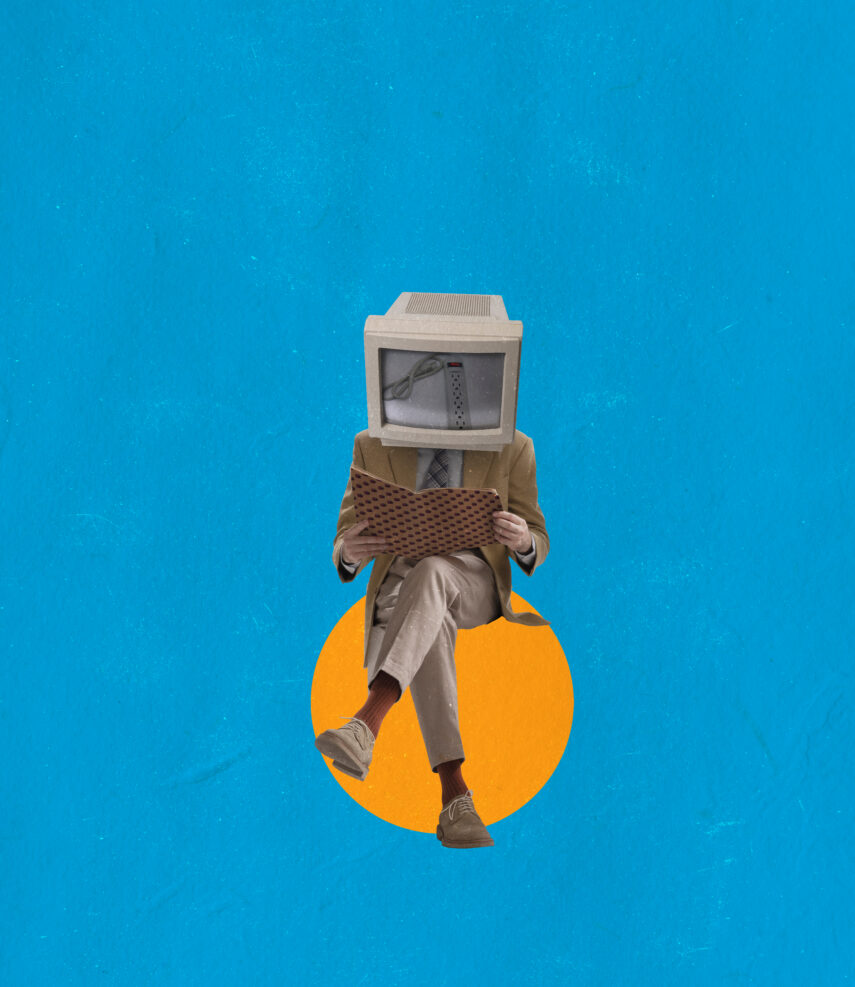
Will Stability AI Go Down in Court?
Getty Images, popular artist sue generative AI companies and have a strong caseThe stock photo company Getty Images is suing Stability AI, the creator of the AI image generator Stable Diffusion. Getty alleges that Stability AI has committed a “brazen infringement of Getty Images’ intellectual property on a staggering scale.” Stable Diffusion has purportedly used millions of Getty stock photos to generate content for users—without acknowledgment and permission. While usually Stable Diffusion produces an image that looks different than the original, it has noticeably reproduced Getty’s watermark, spurring concern among executives that the company’s image and reputation are being tarnished. The lawsuit arrives amidst growing tension between AI image generators and artists and copyright holders. A recent article from The Wall Street Journal details the experience of artist Grzegorz Rutkowski, whose popular Read More ›


